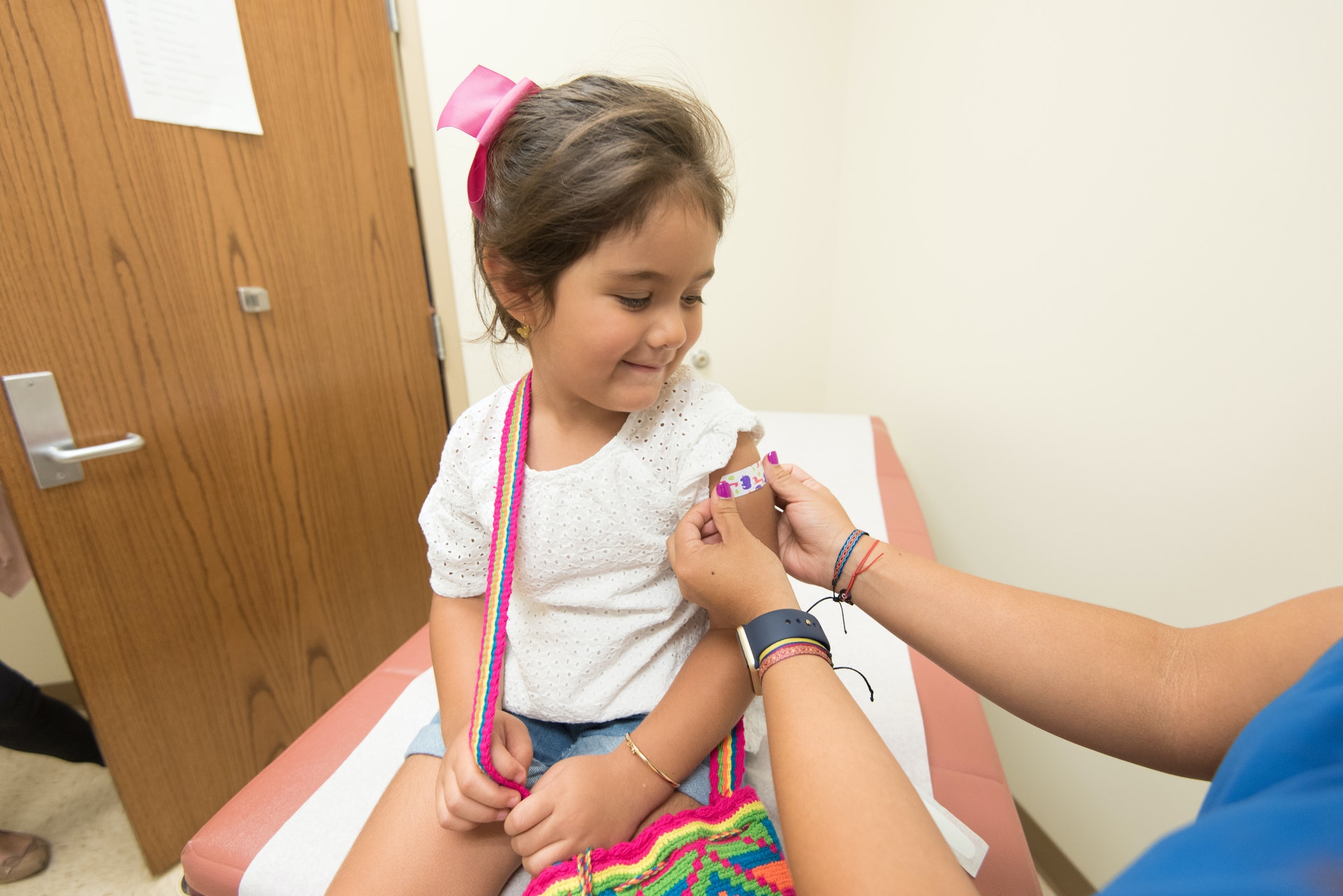Most children in Europe have their recommended vaccines. In fact, rates for routine infant immunisation are around 94% for the third dose of the diphtheria-tetanus-polio jab ‒ a vaccine often considered a good marker of general vaccine uptake.
However, averages can be deceptive.
Any large population is the sum of multiple, diverse sub-populations. While national vaccination rates may appear healthy, vaccine uptake is not uniform across a region or country. For example, 99% of children in some towns are vaccinated through early childhood healthcare, but another town might have just 80%.

The World Health Organization (WHO) says there are also ‘pockets of under-vaccination’ within cities and towns across Europe. Many are disadvantaged and under-served by health systems, including Roma communities, migrants and those at higher risk of social exclusion. Others include religious minorities such as the Dutch Bible Belt and some ultraorthodox Jewish communities.
There are also those who opt out of immunisation for a range of political or philosophical reasons. And children are sometimes only partially vaccinated, meaning they have had some but not all recommended vaccines.
Getting back on track
These challenges predate the pandemic. However, the disruption caused to some health services during the worst of Covid-19 restrictions meant some vaccines were missed or delayed.
Globally, there are 25 million ‘zero dose’ children who have never received a single vaccine. The WHO and UNICEF have sounded the alarm bells, warning that the decades-long positive trend of rising immunisation rates is now in reverse.

In Europe, the picture is brighter, if patchy. There are far fewer children who have never been vaccinated. However, under-vaccination remains a challenge. Not only does this leave some children at risk of illness, it also exacerbates social inequalities.
‘The immunisation equity gap among countries and their populations in the [European] Region has increased,’ according to the WHO. ‘Pockets of under-vaccination also reflect continuing barriers to vaccination that predate the pandemic, including systemic programmatic weaknesses and gaps in acceptance of and demand for vaccines.’
Triple challenge
The Organisation says Europe faces a ‘triple challenge’ of increasing routine immunisation coverage, ensuring unvaccinated children catch up on missed doses, while continuing to provide COVID-19 vaccination. Failure to deliver on all three goals risks outbreaks of diphtheria, measles and other vaccine-preventable diseases.
There has recently been an increase in diphtheria cases in migrant reception centres in several European countries. However, experts say the disease is unlikely to spread to the wider community if vaccination rates are high. ‘Nevertheless, the possibility of secondary infections in the community cannot be excluded and severe clinical diphtheria is possible in unvaccinated or immunosuppressed individuals,’ according to the European Centre for Disease Prevention & Control (ECDC).

In addition, the sudden surge in migration from Ukraine, where immunisation rates are low, adds to the pressure on countries such as Poland which has welcomed large numbers of people fleeing the war. Ukraine has previously recorded high numbers of measles cases due to low vaccination rates.
5-point plan
Despite these challenges, there are five key things Europe can do to boost vaccine uptake, according to the World Federation of Public Health Associations (WFPHA). At a webinar in late October, Dr Marta Lomazzi, Executive Manager at WFPHA, set out a series of priority actions under the headings of monitoring, communication, equitable access, legislation & funding, and crisis-preparedness.

‘Government as well as regional and international organisations should invest in and guarantee real-time systematic vaccination data collection and robust disease surveillance,’ the WFPHA said. ‘Electronic vaccination records should be available to every person in every country.’
The Federation also said the European Centre for Disease Prevention and Control (ECDC) should implement real-time data collection and disease surveillance systems to inform decision-making at EU and national levels.
In addition, greater effort is needed to tackle misinformation and build parental trust in vaccines, Dr Lomazzi said. ‘If we have parents on board we have a very powerful ally.’
Read the WFPHA statement in full

European Coalition for Vaccination asks health professionals to do more
Organisations representing doctors, nurses and pharmacists in the EU have come together to urge health professionals to do more to increase routine vaccination rates. The Coalition for Vaccination has released a statement calling on health professionals to:
• Remind families whose children are behind on routine vaccination
• Inform families when and how children are eligible for COVID-19 vaccines
• Show families where they can find information on the national immunisation programmes
• Listen to and discuss with hesitant people, clarifying information, debunking myths and tackling disinformation
• Build trust in vaccines by being transparent and up-to-date with scientific evidence;
• Support migrants (e.g. Ukrainian refugees) and fragile populations
• Be aware that they and their colleagues are acting as role models and, therefore, be vaccinated according to their own national programme.
The Coalition is jointly led by the European Federation of Nurses Association (EFN), the Pharmacy Group of the European Union (PGEU), and the Standing Committee of European Doctors.




